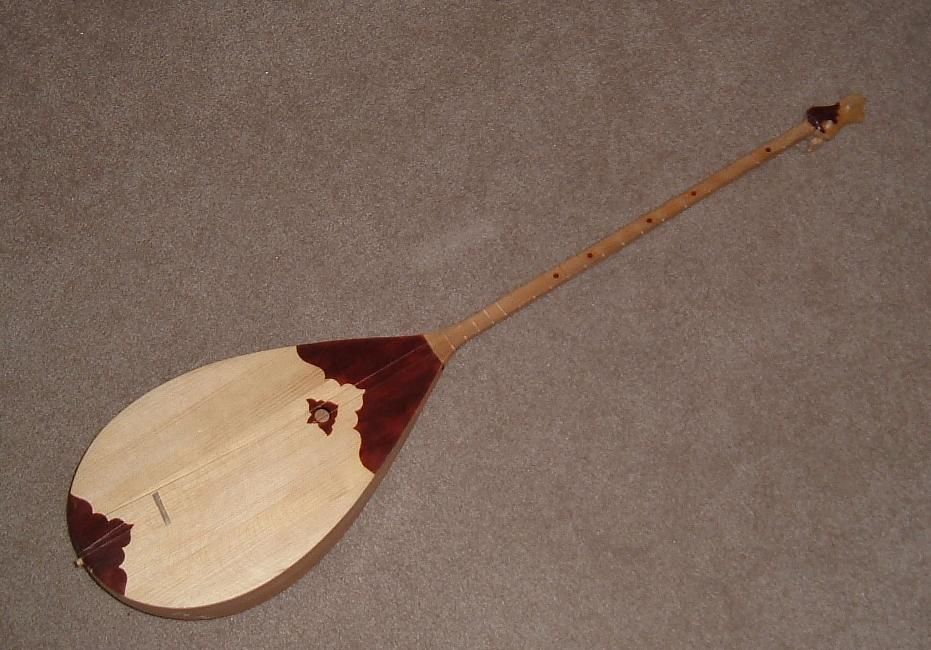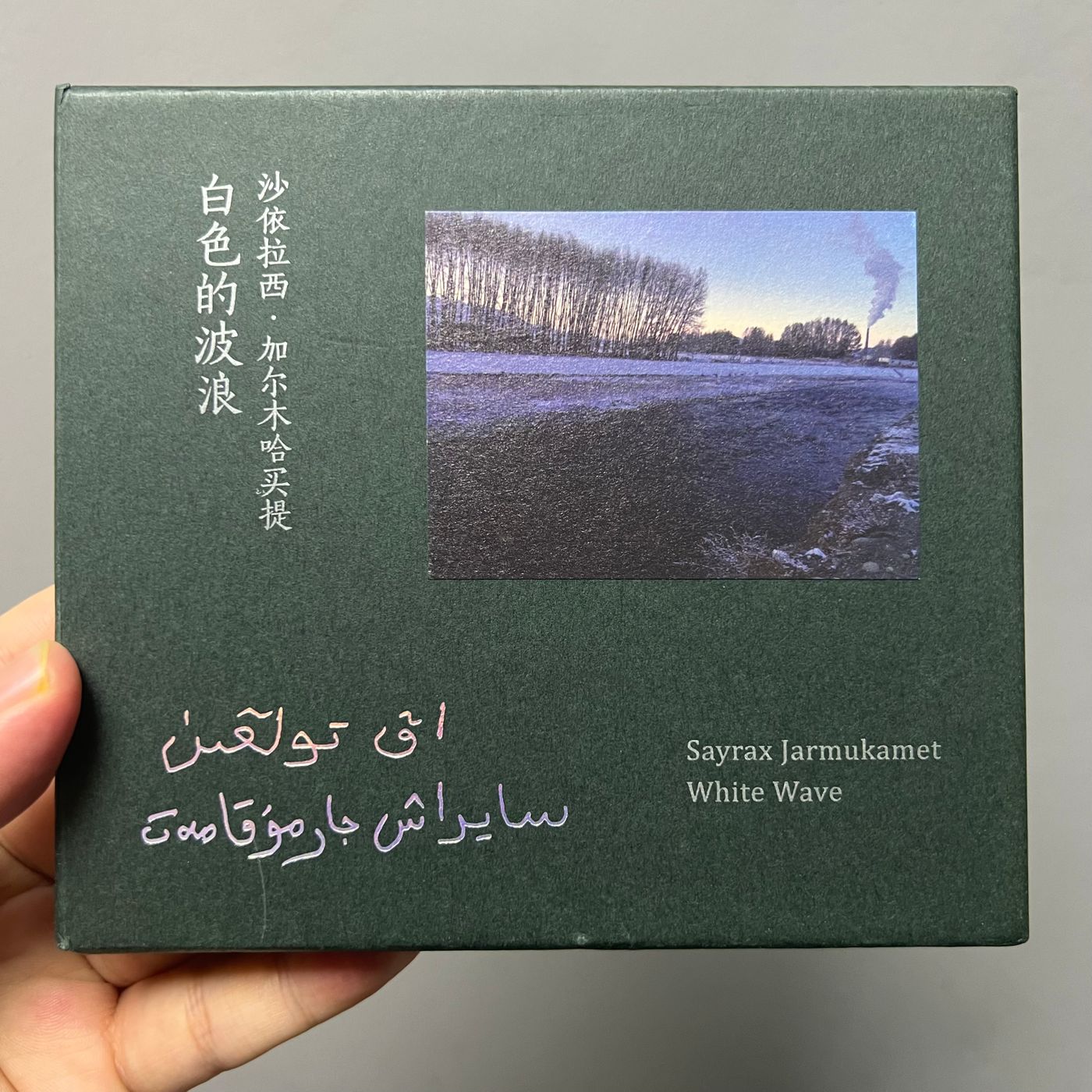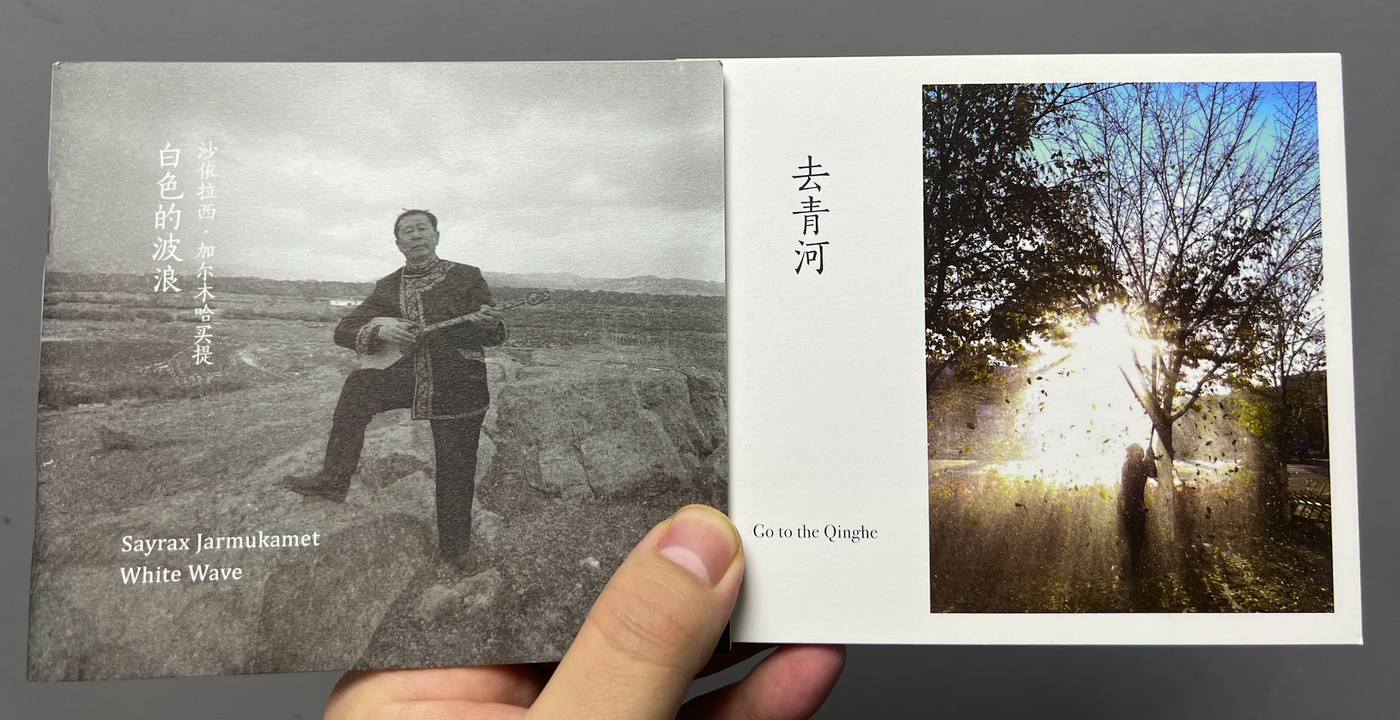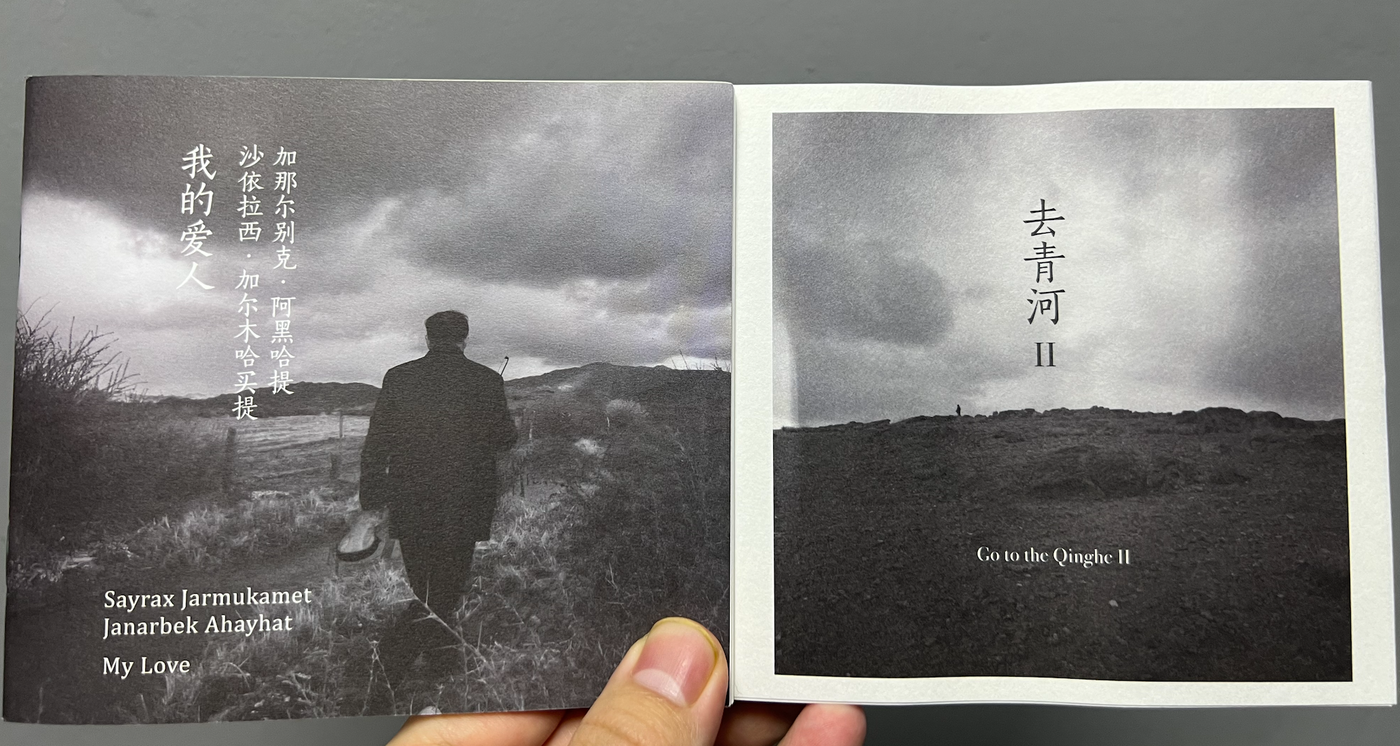Music Recommendation 14|Two Albums of Shairasi Galmuhamati
Shairasi Galmuhamati "The White Wave"
Audition: http://music.163.com/album/142163723?userid=71923758
The inheritor of the Kazakh Kubuzi, the master of Dongbula, and also a master of Kazakh musical instruments.
Dongbula, also known as Dongbula and Dongbula, is a traditional plucked musical instrument in Central Asia, especially popular among Kazakhs in Kazakhstan, Kyrgyzstan and Xinjiang, China. The piano bar is slender, and the speaker has two types: scoop-shaped and flat. Generally, it is made of pine or mulberry, and the neck is the fingerboard. In the past, it was mostly made of whole wood. There are small holes for pronunciation on the speaker, two gut strings, and the body of the piano has gut strings. --Wikipedia

The following is a picture of the physical record. This is his Dongbula album, recorded in October 2016. The producer is the famous Kazakh musician Mamur.



Shailasi Galmuhamati & Ganarbek "My Love"
Audition: http://music.163.com/album/142161315?userid=71923758
This is the Kubuzi album recorded by Shayirasi and his disciple Ganarbek. CD1 is their original sound and CD2 is Mamur's Remix. This album is also the first Kubuzi album to be published in China, so many fans were looking forward to it when it was published. Of course, it is worth looking forward to after listening to it.
Kubuzi is a traditional musical instrument of Kazakh and other Central Asian nationalities. Its founder was Kurkut, a shaman at the end of the eighth century. The ancient Kubuzi was mostly used in shamanic ceremonies. In the later period of the Golden Horde, the shamanistic belief gradually faded among the Kazakhs, and the Kubuzi gradually declined. The revival began in the 1950s, and various improved versions of Kubuzi appeared. The earliest Kubuzi had only one horsetail string or beef tendon string and no fingerboard on the neck. Later, pegs, strings and fingerboards were added to make two-string Kubuzi. The traditional Kubuzi was excavated from a whole piece of wood. The upper half of the resonance box was open, and the lower half was covered with camel lambskin or Sheepskin, with left, one, right, two and three pegs on both sides, and three camel tendon strings. In the 1960s, Alibek, a musician from Ili Prefecture, improved the traditional Kubuzi. The upper half of the piano box was covered with a pine wood panel, and the lower half was changed to python skin or sheepskin. The fingerboard was added, and the strings were increased to With four steel strings, the new Kubuzi has two octaves and a soft tone for solo, ensemble and accompaniment. On May 23, 2011, the Kazakh Kubuzi was included in the third batch of China's national intangible cultural heritage list. --Wikipedia

Below is a picture of the physical record.



Like my work? Don't forget to support and clap, let me know that you are with me on the road of creation. Keep this enthusiasm together!
